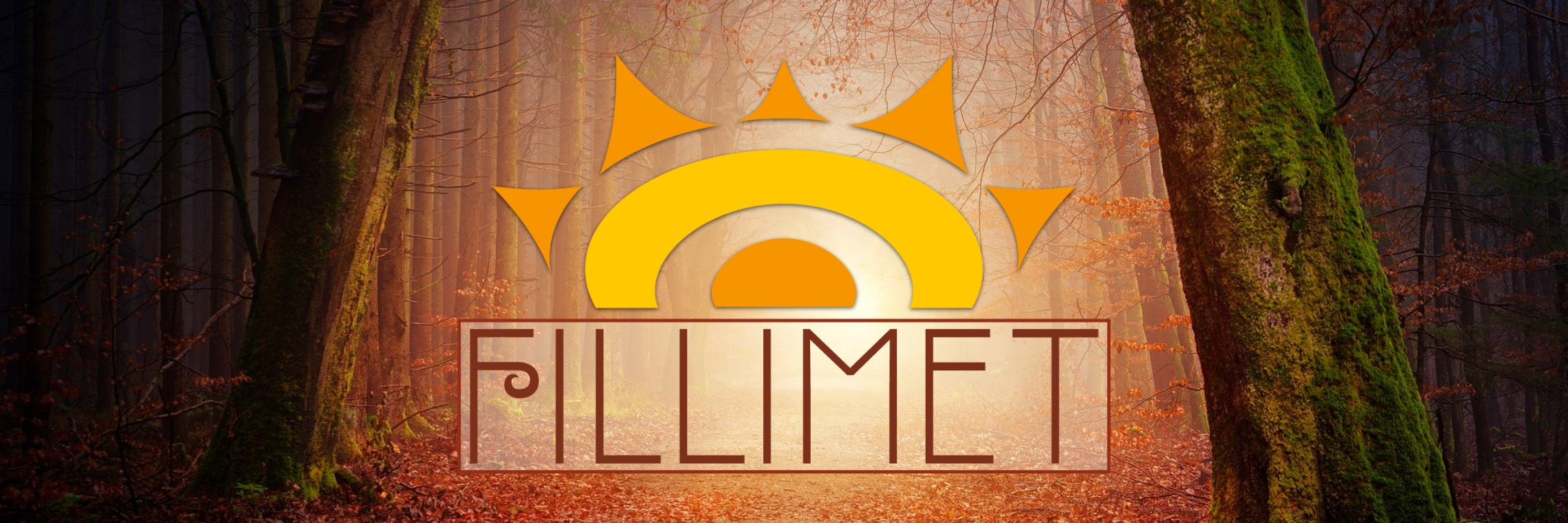Ancient Dragon
Ancient dragons are the extinct progenitor of today's dragon varieties. The ancient dragon was huge, almost twice the size of the Feral Dragon, with denser bones and larger teeth.
The Society of Scientific Exploration and Discovery believes these early dragons relied heavily upon magic for their day to day lives. Extinction likely occurred due to competition for food with the smaller, faster feral dragons, or possibly due to changes in the strengths of the magical fields required to permit the giant ancient dragons to fly and hunt their food.
Basic Information
Anatomy
Ancient dragons had a large, reptilian head with a long and muscular neck, balanced by an even longer tail. They had two pairs of muscular legs and a very large wingspan. Their teeth were incredibly sharp and, coupled with their jaw, were built for tearing through their prey quite efficiently. Their sharp claws were well built for gripping or tearing.
Additional Information
Social Structure
While most fossil sites yield bones from a single ancient dragon some locations house bone collections from multiple juveniles and at least two adults. The Society of Scientific Exploration and Discovery believes ancient dragons created familial groups to raise the young but otherwise led fairly solo lifestyles.
EXTINCT
Genetic Descendants
Scientific Name
Draconis tyrannicus
Lifespan
250 years
Average Height
15 feet
Average Weight
2100 pounds
Average Length
50 ft long, 85 ft wingspan
Average Physique
Fossil records show patterns and occasionally fossilized tissues indicating that the original dragons were extremely muscular. Their jaws were especially powerful and likely used to crush and snap bone.
Body Tint, Colouring and Marking
Fossil records provide limited clues to the coloration of these giant beasts. Scales discovered at some fossil sites display colorations of blacks and browns, although this coloration could also be due to the geological processes through which the scales were preserved. The shapes of these scales are strikingly similar to the scales of the Feral Dragon, and many in the Society of Scientific Exploration and Discovery hypothesize these giant lizards have the same colorations as today's dragons, ranging from black to red to dark green.





Comments